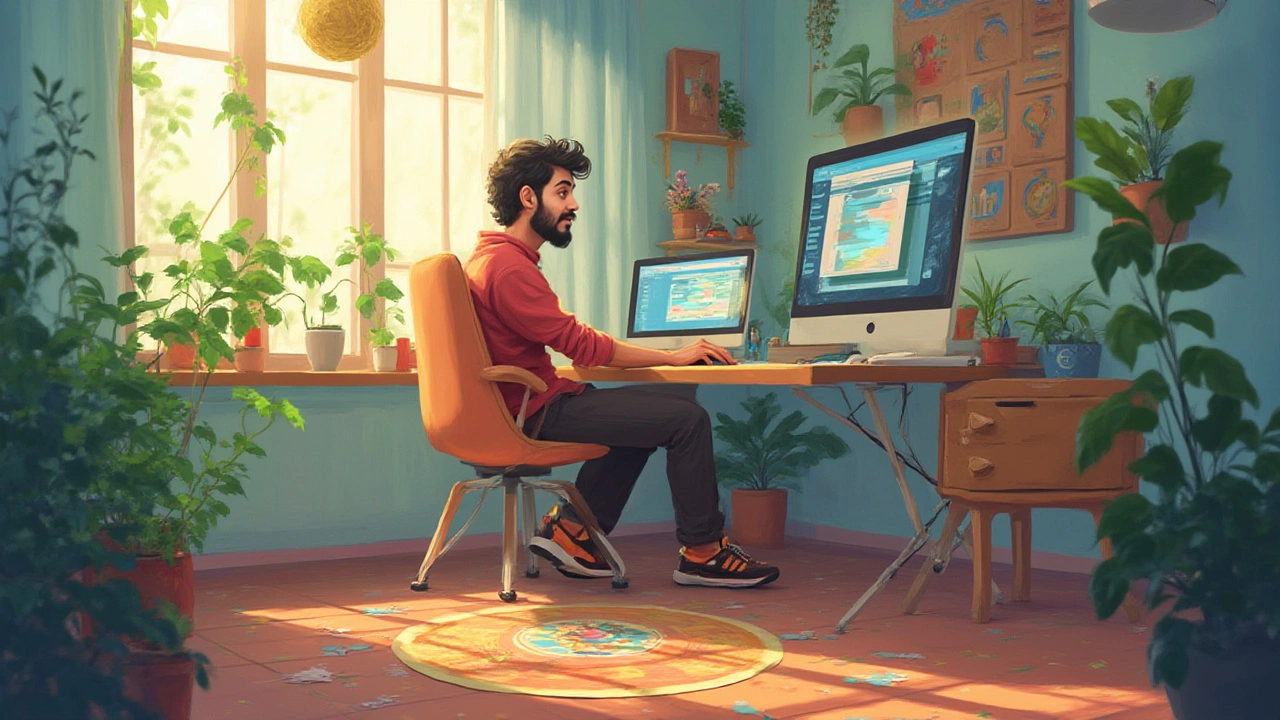Web Developer Career Guide
When planning your web developer career, the professional journey of building, maintaining, and improving websites and web applications. Also known as web development path, it combines coding, design, and problem‑solving skills to create the online experiences people use every day.
One major factor shaping this path is web developer salary, the earnings range that varies by location, experience, and specialization. Another key influence is the full‑stack developer, a professional who handles both front‑end and back‑end tasks role, which often opens doors to higher‑pay projects and leadership opportunities. UI/UX design, the practice of crafting intuitive interfaces and satisfying user journeys also intertwines with development work, because clean code supports effective design. Finally, mastering responsive web design, the technique of making sites adapt seamlessly to any screen size is essential; it ensures that the applications you build reach the widest possible audience. Together these elements form a network: a web developer career encompasses front‑end and back‑end work, requires responsive design knowledge, is influenced by full‑stack opportunities, and benefits from UI/UX insight while driving salary potential.
What to Expect When Building Your Web Developer Career
The journey starts with learning HTML, CSS, and JavaScript—core tools that let you turn ideas into functional pages. From there, you can branch into specialized areas like server‑side programming with Node.js or Python, or dive deeper into design systems that blend UI/UX principles with clean code. web developer career growth often follows a pattern: early projects sharpen coding basics, mid‑level roles introduce architecture and performance tuning, and senior positions demand strategic decisions about tech stacks, team collaboration, and client communication. Real‑world earnings data shows that developers without a formal degree can still command competitive rates, especially when they showcase strong portfolios and up‑to‑date skills. Full‑stack expertise tends to boost those numbers, while a solid grasp of responsive design and UI/UX basics makes you more marketable to agencies and startups alike. As the tech landscape evolves, staying curious about new frameworks and performance tools keeps your career trajectory upward.
Below you’ll find a curated collection of articles that dive deeper into each of these topics—salary guides, skill roadmaps, design fundamentals, and the latest backend language comparisons. Use them to map out your own path, spot gaps in your knowledge, and pick up actionable tips that you can apply right away. Happy reading, and may your web developer career reach new heights!
Become a Web Developer in 2 Years: A Practical Roadmap
- Jaxon Millwater
- Tech Careers
- 0 comment
A step‑by‑step guide showing how to become a web developer in two years, with a quarterly roadmap, tool list, and job‑search tips.
VIEW MORECan You Really Work From Home as a Web Developer? Remote Opportunities, Stats & Best Tips
- Jaxon Millwater
- Tech Careers
- 0 comment
Curious if web developers can work from home? Get real-world tips, surprising stats, and a full guide on making remote web development work for you.
VIEW MORECategories
- Responsive Web Design (13)
- Tech Careers (12)
- Web Development Courses (11)
- UX UI Design (11)
- PHP Development (10)
- SEO for Web Developers (10)
- JavaScript (9)
- Ecommerce Websites (9)
- Web Development Frameworks (8)
- Front End Development (6)
Popular posts
-
When Not to Use SEO: A Developer's Guide
Jaxon Millwater -
Landing a Full‑Stack Developer Job Without a Degree - Your Guide
Jaxon Millwater -
Should I Learn HTML for SEO? A Web Developer's Straight Answer
Jaxon Millwater -
Python vs PHP Speed: Which Is Faster for Web Development?
Jaxon Millwater -
UX vs UI: Which Design Discipline is More Challenging?
Jaxon Millwater

